What is Vibration Analysis?
Vibration Analysis is the process of measuring frequencies and levels (amplitude) of vibration within a machine. By analyzing this data, we can capture the overall health of the machine and diagnose where elevated sources of vibration (faults) may lie. This data is trended over time so that the condition of the machine may be monitored, and maintenance scheduled proactively instead of re-actively.

Methodology
The purpose of checking vibration levels on these systems is to provide a warning of detectable
degenerating operational conditions, so that decisions regarding repair or replacement can be made. Vibration Analysis is conducted through hand-held or permanently positioned accelerometers placed on key measurement points on the equipment. Accelerometers are commonly used on most large items of rotating equipment, such as turbines, centrifugal pumps, motors, gearboxes and cooling towers, etc.
The Vibration Analysis Process
Data Acquisition
Review engineers specifications and manufacturers documentation data for each system. Perform mechanical visual analysis and capture digital pictures for each system.
Analysis
Create a database for all rotating bearing points for each system to be tested. Develop a route in order to collect and diagnose data for each existing operating mechanical system.
Reporting
Provide a list of units which need immediate corrective action (Hot List) and a list of systems that were not tested. Develop a priority list of condition faults for each unit in the system.
Machinery Priorities
Priority 1
These machines exhibit high overall levels and major faults. These machines will need to be repaired as soon as possible to avoid catastrophic failure.
Priority 2
These machines exhibit higher overall levels and minor faults. These machines will need to be repaired on a lower priority or re-surveyed in one month.
This equipment is not in immediate danger of failure; however, faults do exist.
Priority 3
These machines have vibration levels that are slightly higher than normal. These machines have faults that are not of primary concern, but corrective action should be scheduled. If the situation is not taken care of within 2 to 3 months then a reanalysis should be performed to prevent any result of secondary damage.
Priority 4
These machines are operating in satisfactory condition.
Detectable Faults
- Fan and Motor imbalance
- Misalignment
- Worn drive belts or sheaves
- Worn bearings
- Bent shafts
- Mounting or mechanical looseness
- Isolation efficiency
- Critical speeds
- Electromagnetic interference issues
- Resonance
Interested in learning more?
Contact us at the form below and one of our representatives will get back to you shortly!
